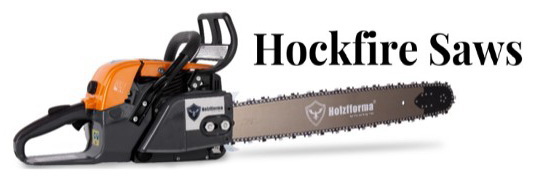Nutball
Here For The Long Haul!
- Local time
- 5:57 AM
- User ID
- 7732
- Joined
- Oct 31, 2018
- Messages
- 4,252
- Reaction score
- 11,784
- Location
- Mt. Juliet, TN
I learned something new today, but haven't yet tested to see if it is true... because it's weird enough to still make me doubt.
Apparently color not only affects heat absorption, but also emission. So, I would normally prefer to polish the head, piston, and exhaust port to trap heat in for 1) higher pressure, since pressure comes from heat, and 2) to keep the piston and cylinder cooler from absorbing heat... until both get covered in carbon again.
Apparently, it would also be good to paint the cylinder black as if black is a heat transfer medium that will make the heat in the aluminum more quickly emitted.
In a simple thought, it seems obvious: black absorbs well, why not emit well too? I used to only think about material and surface area for direct heat transfer, and assumed a polished surface would transfer heat better to flowing air because of the boundary layer being thinner. But then I think a polished exhaust port will reflect better because I'm thinking in terms of IR radiation, not conduction with the exhaust, though I mainly polish the exhaust, if I do, for better flow.
Now here's a question. Which would cool better: a polished glossy black anodized cylinder, or a sand blasted matte black painted one? The latter will absorb light from more directions even though it is just as black. Does that mean it will emit better? What if it was polished smooth, but still a matte black (as polished as can still be called matte)? Then you have to think about how a matte surface will have more emission surface area, but a thicker boundary layer.
Anyway, in general should we start coloring cylinders black? Maybe on hot climate saws or milling saws?

I tried wood stove paint, and baked to 500F, looks good, but not as black as it could be. A Farmertec cylinder would be half way there. Maybe if I just cover it in soot from a candle flame...
Apparently color not only affects heat absorption, but also emission. So, I would normally prefer to polish the head, piston, and exhaust port to trap heat in for 1) higher pressure, since pressure comes from heat, and 2) to keep the piston and cylinder cooler from absorbing heat... until both get covered in carbon again.
Apparently, it would also be good to paint the cylinder black as if black is a heat transfer medium that will make the heat in the aluminum more quickly emitted.
In a simple thought, it seems obvious: black absorbs well, why not emit well too? I used to only think about material and surface area for direct heat transfer, and assumed a polished surface would transfer heat better to flowing air because of the boundary layer being thinner. But then I think a polished exhaust port will reflect better because I'm thinking in terms of IR radiation, not conduction with the exhaust, though I mainly polish the exhaust, if I do, for better flow.
Now here's a question. Which would cool better: a polished glossy black anodized cylinder, or a sand blasted matte black painted one? The latter will absorb light from more directions even though it is just as black. Does that mean it will emit better? What if it was polished smooth, but still a matte black (as polished as can still be called matte)? Then you have to think about how a matte surface will have more emission surface area, but a thicker boundary layer.
Anyway, in general should we start coloring cylinders black? Maybe on hot climate saws or milling saws?

I tried wood stove paint, and baked to 500F, looks good, but not as black as it could be. A Farmertec cylinder would be half way there. Maybe if I just cover it in soot from a candle flame...







